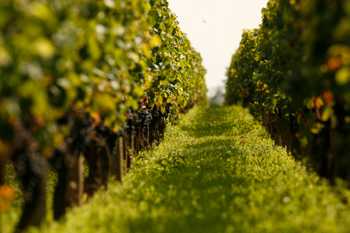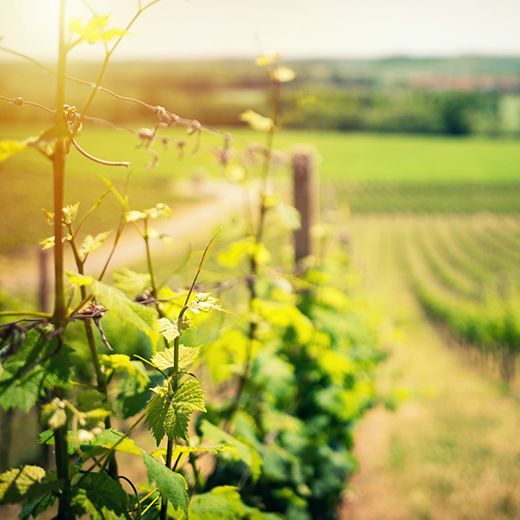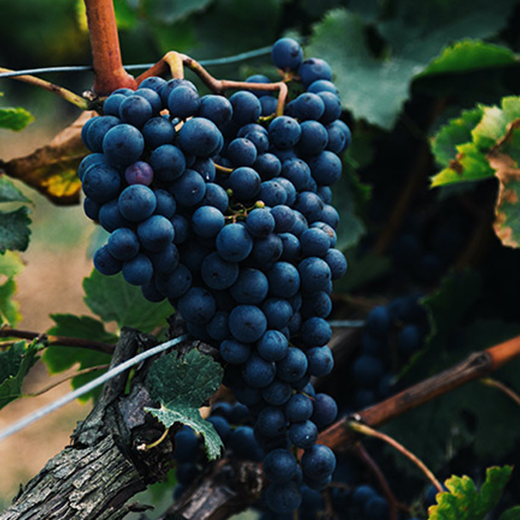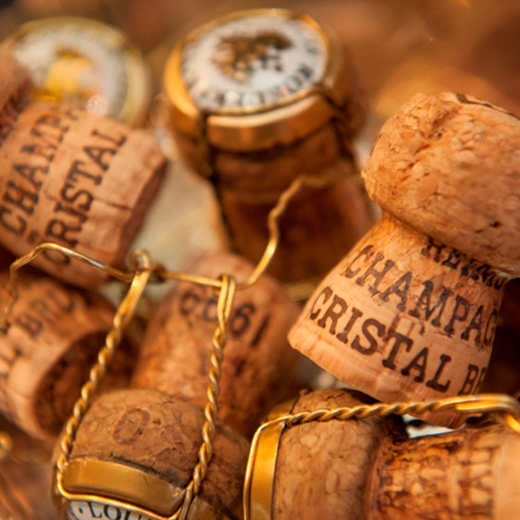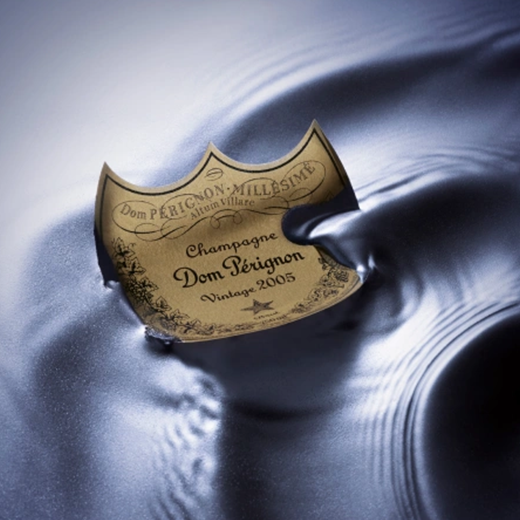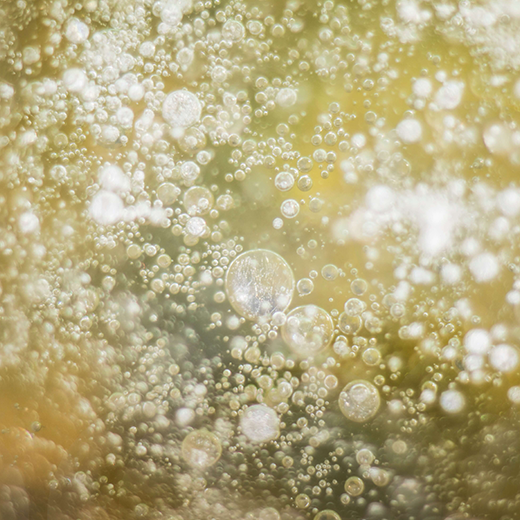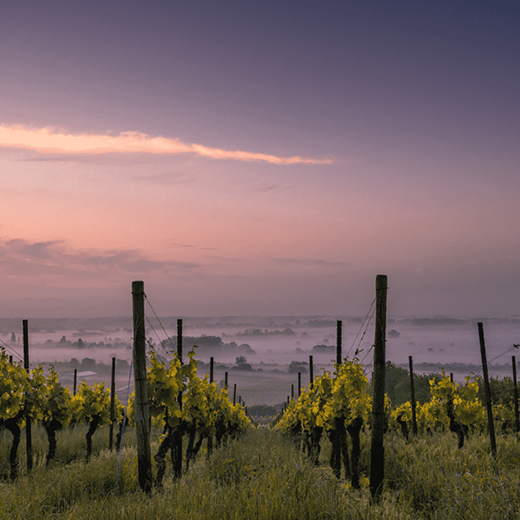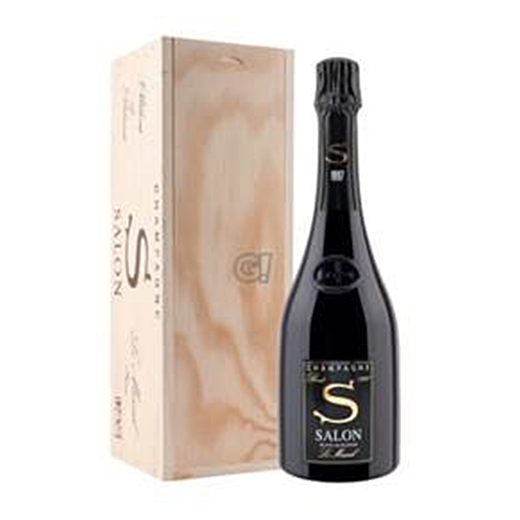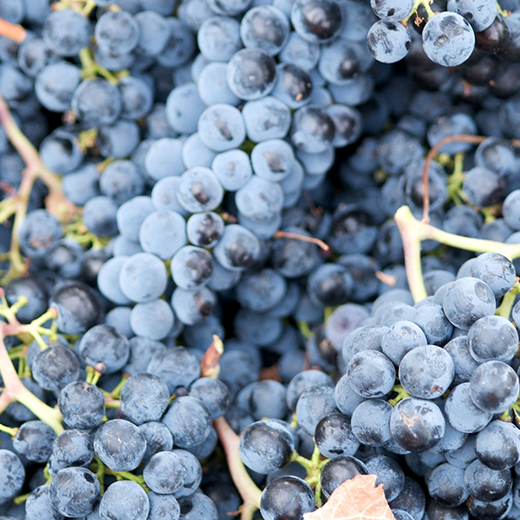Champagne facts
Champagne is the most famous wine growing region in the world, as the source of the greatest sparkling wines and enhanced by the brilliant marketing of the iconic Champagne houses, whose 'luxury' brands have global recognition.
The Champagne growing region extends across 30,000 hectares from Charly, just 50 km east of Paris in the Marne Valley and spreads north to Reims and south to Epernay. It is the only vine growing region to have just one appellation, with the very best vineyards sited on the chalky hills.
The northerly climate can see extreme frosts and vintage production can be variable which explains why Champagne is usually produced from a blend of different vintages from assorted villages and plots to create consistent style. Outstanding vintages will see the very best Champagnes made exclusively with that year's grapes and these are the focus for investors.
Vineyards are graded on a quality scale out of 100, with Premier Cru rated at 90% to 98% and Grand Cru at 98% to 100%.
Just a select few Champagnes are considered investment grade for their quality, stable price growth and value. Rare, older, great vintages of the most prestigious Champagne offer the potential for excellent wine investment returns.


